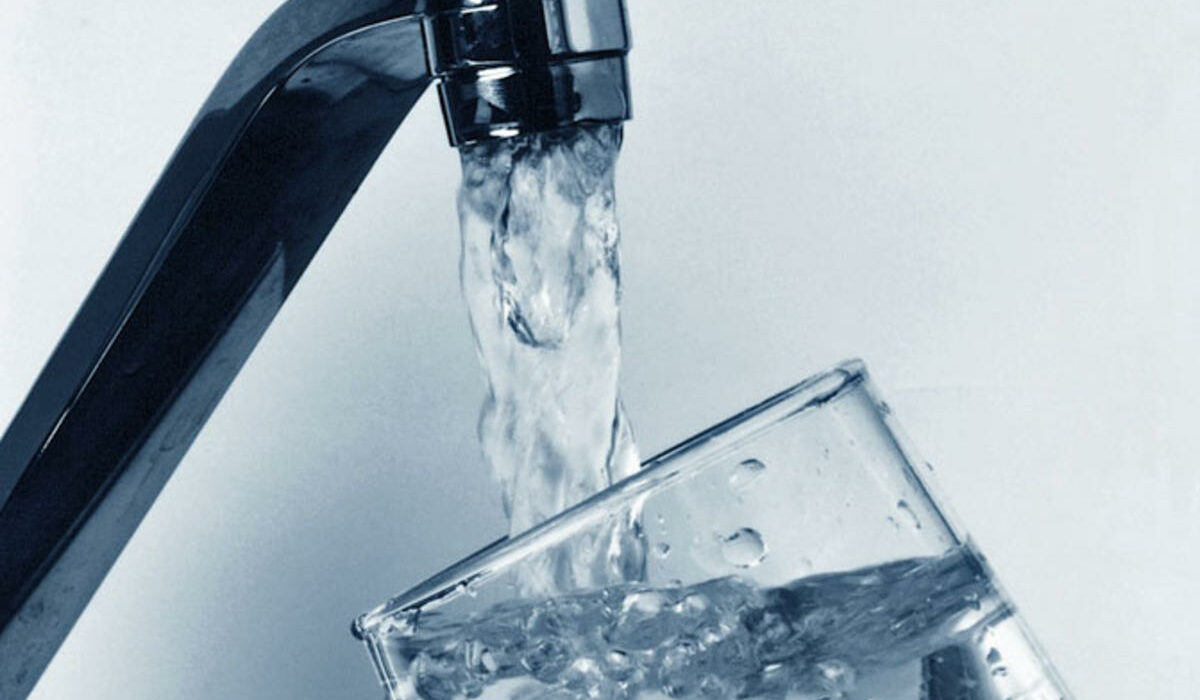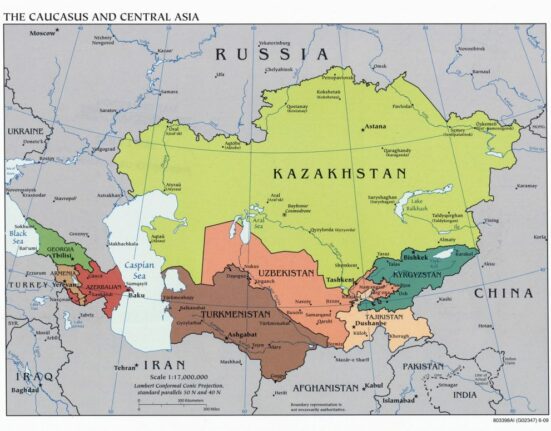According to the Eurasian Development Bank (EDB), today, over 2 billion people globally do not have access to safe drinking water. Without action, the situation will only worsen in the long run. By 2050, drinking water consumption is projected to increase by 1.5 times. This is why the United Nations’ Sustainable Development Goal 6 is to ensure the availability and sustainable management of water and sanitation for all.
In Central Asia, water availability is a particularly acute challenge. Currently, 10 million people, or 14% of the population, lack access to safe drinking water. The region is experiencing growing water stress. Between 1994 and 2020, water withdrawals for municipal and domestic needs doubled to 8.6 cubic kilometres, while investments in drinking water infrastructure have been inadequate to meet growing consumption. As a result, water supply and treatment infrastructure has severely deteriorated.
The challenges facing the sector highlight the need for large-scale investment in water supply and sanitation in Central Asia. The annual funding deficit to meet the United Nations’ targets by 2025–2030 is estimated at US $2 billion.
EDB analysts have prepared a new report titled Water and Sanitation in Central Asia. The report assesses the region’s investment needs to achieve the UN Sustainable Development Goal by 2030 and proposes practical steps to secure the necessary funding.
The report will be launched on 28 June during the Eurasian Development Bank’s Business Forum in Almaty, Kazakhstan.



